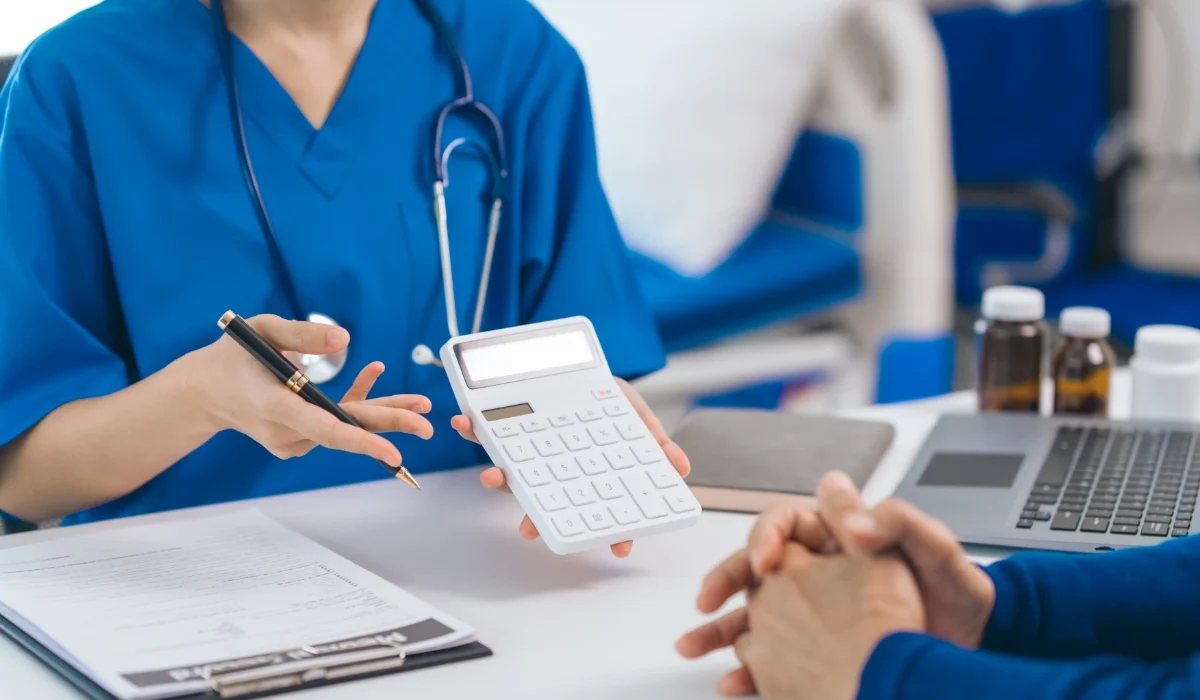What Are Upper GI Endoscopy and Colonoscopy?
An upper gastrointestinal (GI) endoscopy is a diagnostic procedure used to examine the inside of your oesophagus (gullet), stomach, and duodenum (the first part of your small intestine). The procedure is performed using a flexible telescope called an endoscope, which provides a clear view of these internal structures.
A colonoscopy is another diagnostic procedure, designed to inspect the inside of your large bowel (colon) and rectum. Like the upper GI endoscopy, this procedure uses a flexible telescope known as a colonoscope to help identify potential issues within the colon.
Benefits of Upper GI Endoscopy and Colonoscopy
These procedures are essential tools in diagnosing and treating various gastrointestinal issues. Some key benefits include:
- Early Diagnosis: If a problem such as inflammation, ulcers, or polyps (small growths) is identified, the endoscopist can take biopsies (small tissue samples) to determine the cause.
- Treatment Options During the Procedure: Polyps, which could potentially become cancerous, may be removed during the procedure.
- Photographic Evidence: The procedures allow the endoscopist to capture photographs for further analysis and accurate diagnosis.
What Happens During the Procedure?
An upper GI endoscopy and colonoscopy are often performed together and usually take about an hour. Here is what you can expect:
- Preparation: You may be offered a sedative or painkiller to help you relax and remain comfortable during the procedure.
- Upper GI Endoscopy: The endoscope is gently placed into the back of your throat and guided down into your stomach and duodenum. This allows the endoscopist to check for inflammation, ulcers, or other abnormalities.
- Colonoscopy: The colonoscope is inserted into your back passage (rectum) and gently advanced through the large bowel. Air is blown into the bowel to provide a clear view for the endoscopist.
- During both procedures, the endoscopist may perform biopsies, remove polyps, and take photographs to assist in making a diagnosis.
After the Procedure
- Recovery: If you receive a sedative, you will typically recover within two hours, although this may vary depending on the dose.
- Short-Term Effects: You may feel slightly bloated for a few hours, but this will subside naturally.
- Resuming Activities: Most people can return to work the following day unless advised otherwise by the healthcare team.
Results and Follow-Up: The healthcare team will discuss the results with you and recommend any necessary treatments or follow-up care.
Gastro-Colonoscopy Price Comparison – Singapore, Malaysia
| Procedure | Singapore | Malaysia |
| Gastroscopy | SMG LifeScan – SGD 2,000 ATA Medical – SGD 2,400 | KPJ Selangor – RM 1,400 Prince Court KL – RM 3,500 Regency Specialist JB – RM 1,988 |
| Colonoscopy | SMG LifeScan – SGD 2,800 Crest Surgical – SGD 2,500 Dr Benjamin Yip – SGD 3,100 | KPJ Selangor – RM 2,100 Prince Court KL – RM 4,500 Gleneagles Johor – RM 3,000 |
| Combo (Colonoscopy + Gastroscopy) | SMG LifeScan – SGD 3,500 ATA Medical – SGD 5,500 | KPJ Selangor – RM 3,100 Prince Court KL – RM 6,500 Gleneagles Johor – RM 4,200 |
Conclusion
An upper GI endoscopy and colonoscopy are highly effective procedures for diagnosing and treating digestive system problems. They provide a detailed view of your gastrointestinal tract and allow for immediate intervention if necessary. While complications are rare, it’s essential to discuss any concerns with your healthcare provider to fully understand the procedure and its benefits. Taking proactive steps towards your digestive health can significantly improve your overall well-being.
Disclaimer: 365Asia aims to provide accurate and up-to-date information, our contents do not constitute medical or any professional advice. If medical advice is required, please consult a licensed healthcare professional.




